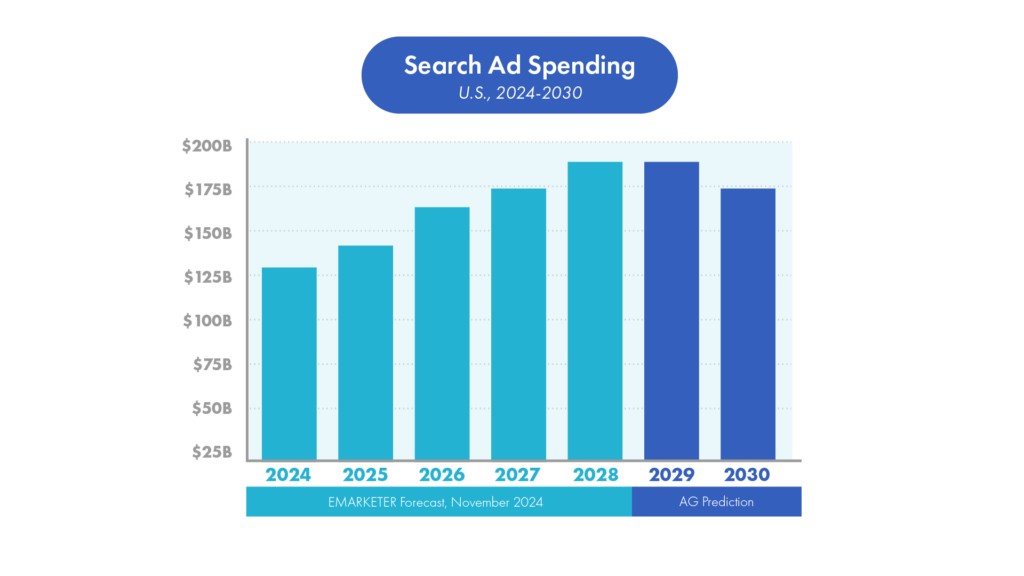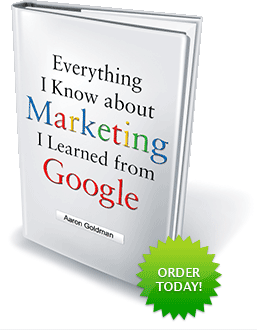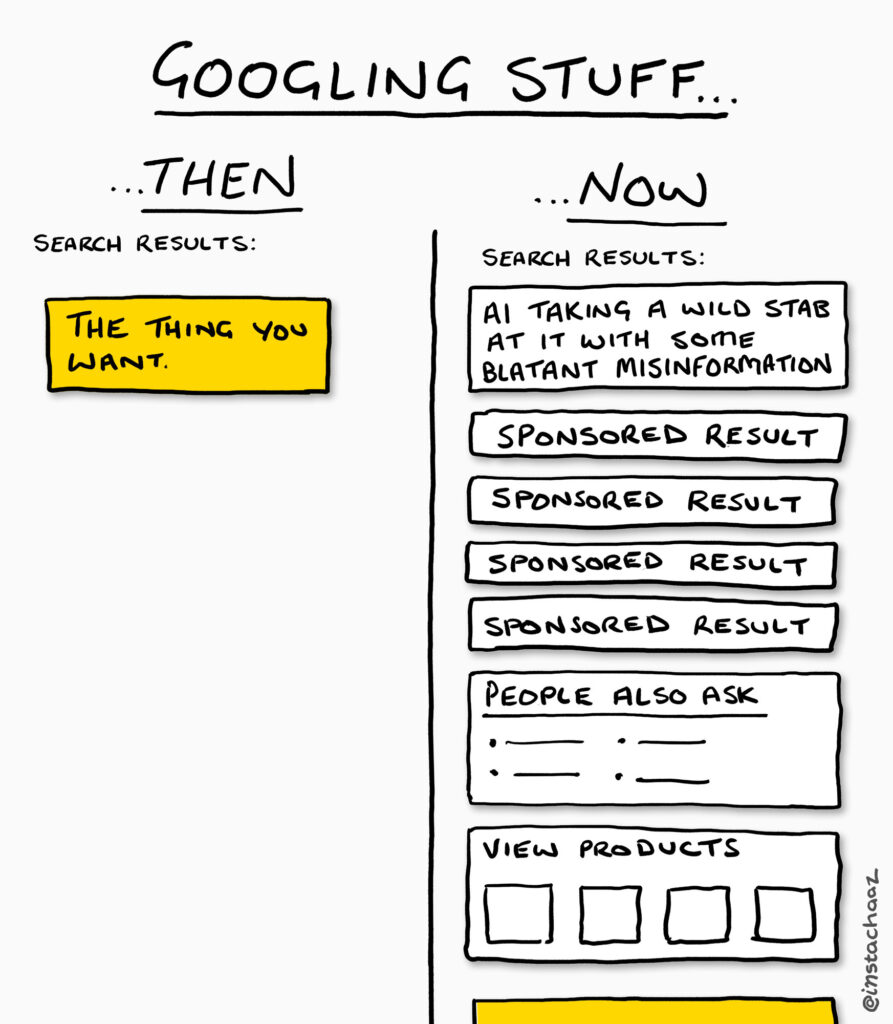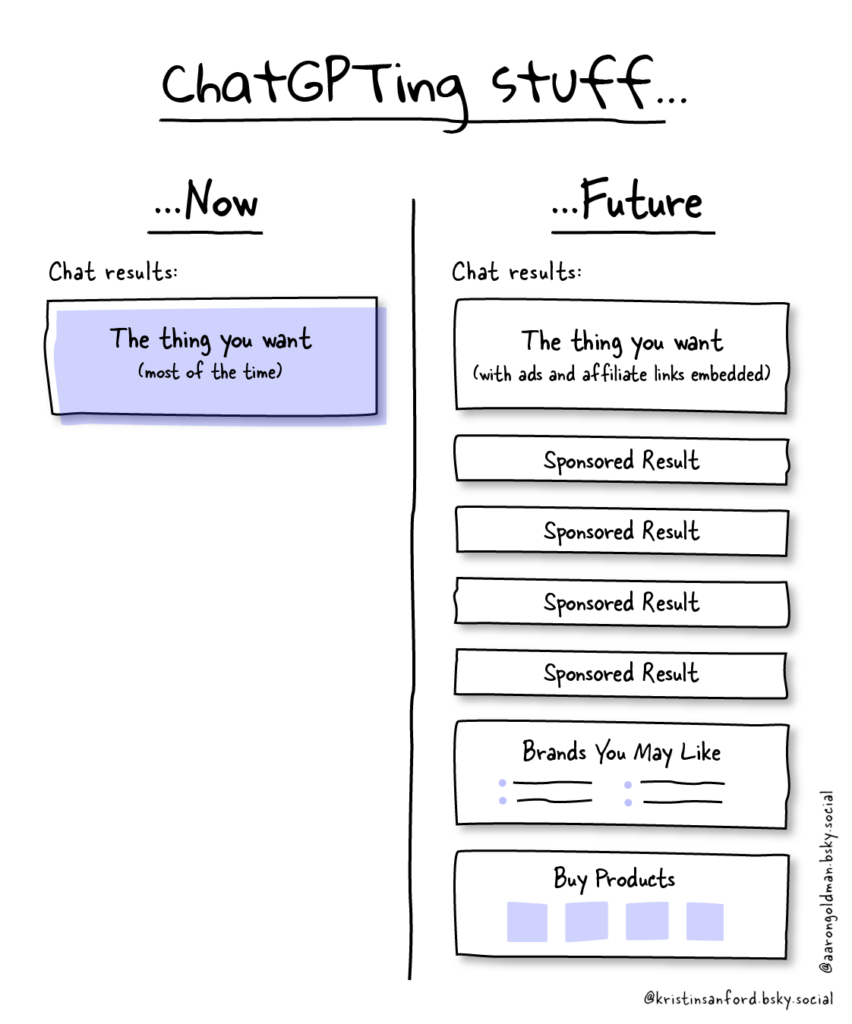
ZMOT is a new ebook published by Jim Lecinski, Google’s US Managing Director of Sales and Service. It’s also the subject of my latest Search Insider column. Some of what I wrote for MediaPost is regurgitated here but most of the following is original material and incremental observations. (Update: for a “behind-the-scenes” look at ZMOT, be sure to read the 2–part interview between Jim and Gord Hotchkiss in MediaPost.)
I’ve known Jim for quite some time as our paths have crossed repeatedly in the world of search and the streets of Chicago. I’ve always been impressed with his ability to relate to brand marketers and put key principles of Google into a broader marketing context. And ZMOT is no exception.
ZMOT underscores the point I was trying to make in Chapter 4: Mindset Matters. ZMOT is the moment after some stimulus has compelled you to act but before you actually take action. In a shopping scenario, ZMOT is the moment when your decision takes shape of whether or not to buy and, if so, which brand.
In his book, Jim describes a new “mental model” in which ZMOT follows a stimulus but precedes FMOT (a term coined by P&G for the first moment of truth at the store shelf) and SMOT (the second moment of truth when the consumer experiences the product that he/she purchased) before reappearing when the buyer decides if the brand is a keeper and worthy of sharing with friends (or, in marketing terms, lifetime value and word of mouth).

Here are some other ways Jim describes ZMOT:
- “A moment where marketing happens, where information happens…”
- “That grabbing-the-laptop moment.”
- “The moment of highest impact”
- “‘Before the store’ moments”
So how to make sure your brand is available at ZMOT? Well let’s turn to Chapter 17: Show Off Your Assets. Aptly, in this chapter I recount a meeting with none other than Mr. Lecinski at the Google Chicago office in 2006 in which he preached about the importance of brands digitizing and optimizing all their assets — images, videos, manuals, and even brand attributes.
In my book, I point to Ronald.com as an example of McDonald’s digitizing one of its assets, the Ronald McDonald mascot. But beyond just Ronald himself, McDonald’s took the brand promises of happiness and giving and optimized them for kids around the world to experience in a safe virtual playground.
There’s no question McD does well at ZMOT. (Hmm, I’m hungry, what should I eat?) But it’s not just because there’s a McDonald’s in every major city and most of the not-so-major ones. And it’s not simply because there’s a McDonald’s ad that reaches you when you’re hungry and/or close to one of their locations. And it’s not only because the food comes out fast and there’s a ball-pit for your keys to play in. It’s because of all these things! McD does well at ZMOT because of all the touchpoints they’ve created with consumer and the emotional connections they’ve built.
However, as Jim argues credibly time and time again in his book, all the connections in the world between brand and consumer are meaningless if the brand is absent at ZMOT.
Boy, how I wish this book and the ZMOT concept had been around back in 2005. I remember being in a meeting with the head of advertising for McDonald’s pitching the merits of search engine marketing and getting this objection, “Why should I buy ads on search engines? People don’t buy hamburgers online.”
But then why are people searching for hamburgers online? Why are they searching for McDonald’s? You spend billions of dollars on marketing and you’re willing to risk it all when a consumer acts on your stimulus and can’t find you at ZMOT?
Luckily, the McD ad exec remained open to the idea and, within a year, SEM was a staple on the company’s media plans.
To me, this example is the epitome of what the ZMOT book is all about. It’s 75 pages of persuasion to quick serve restaurants and other verticals (eg, CPG) that have yet to truly embrace SEM.
Now, lest you think this is a fluff read relying on heady ideas and intuition, I should note that, throughout his book, Jim backs up assertions with hard data.
In researching this book, Google conducted an extensive study of more than 5,000 shoppers across 12 verticals in April of 2011, providing a wealth of information about what ZMOT is and why it matters.
Here are some of the key stats:
- 70% of Americans look at product reviews before making a purchase.
- 79% of consumers use a smart-phone to help with shopping.
- The average shopper uses 10.4 sources of information to make a decision. (Up from 5.3 sources in 2010.)
- 84% of shoppers said ZMOT shapes their decisions. (Based on a mapping done by Google of information sources to Stimulus, ZMOT, and FMOT.)
- 62% of shoppers search for deals online before at least half of their shopping trips.
- 54% of shoppers comparison shop for products online.
- 37% of shoppers find online social sources to be an influential driver when making decisions. (Up from 19% in 2010.)
- Showing up is 80% in life. (Woody Allen quote used by Jim to encourage people to “jump in” and address ZMOT within their orgs.)
And here are some SEM stats included in the book that I found interesting:
- 20% of searches across all Google properties are local.
- 40% of all mobile searches across Google properties are local.
- Mobile-only campaigns perform 11.5% better on average than desktop-mobile campaigns
- Recipes make up 1% of all searches on Google.
One of my favorite quips in this book comes from Rishad Tobaccowala (who is quoted extensively in my book as well) commenting on the role of search engines in the buying process. “Don’t call them search engines,” Rishad says. “Call them connection engines.” A great insight and especially gratifying for me to hear as I still remember back in the early 2000’s when Rishad dismissed SEM as merely “math and machines.”
Another great quote comes from Professor Dave Reibstein of The Wharton School in framing word of mouth in today’s society. “Talking over the hedge is one-to-one. Digital word of mouth is one-to-millions.”
And here’s one from Jim that underscores my premise in Chapter 8: Test Everything. “In the world of ZMOT, speed beats perfection.”
I’ll wrap it here and leave you reason to peruse the book for yourself. It’s a great, quick read. Perfect for the too-little-time-too-many-social-networkers and instant-gratificationers among us.And, if you’re Apple-enabled, be sure to grab the free iBook to access multimedia content.
Now go forth and ZMOT!











